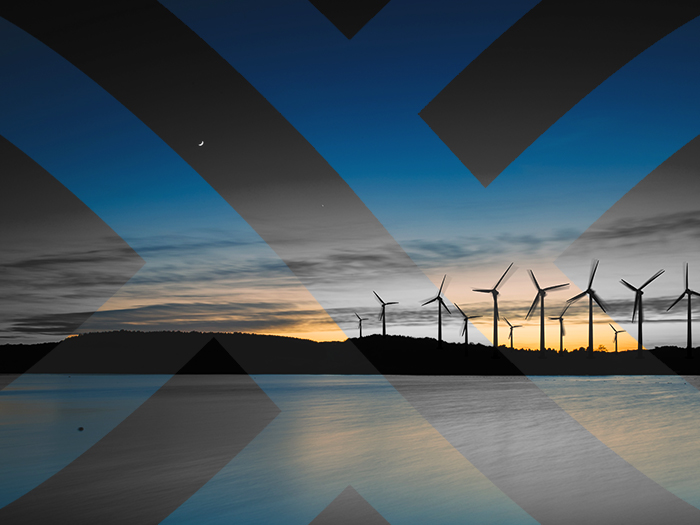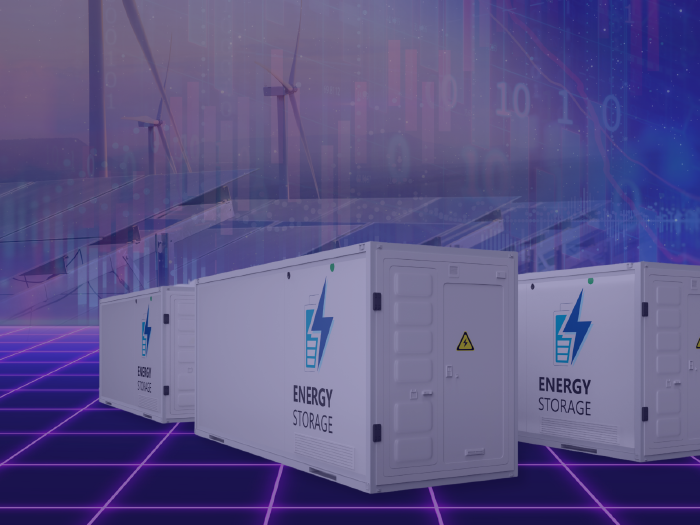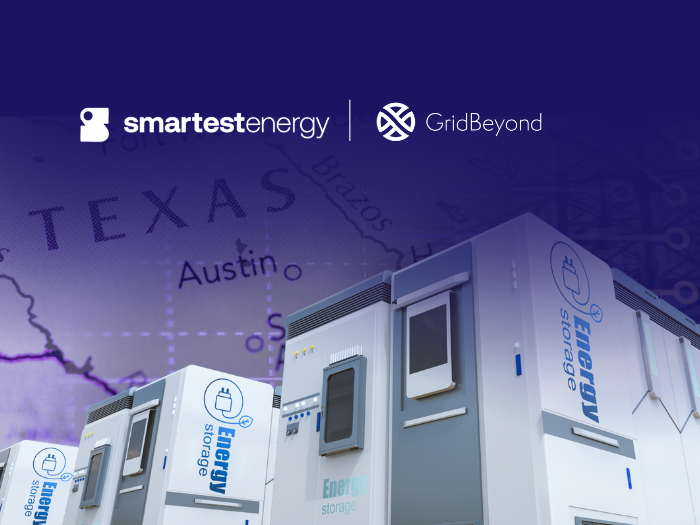News
better business decisions
Posted 1 year ago | 2 minute read
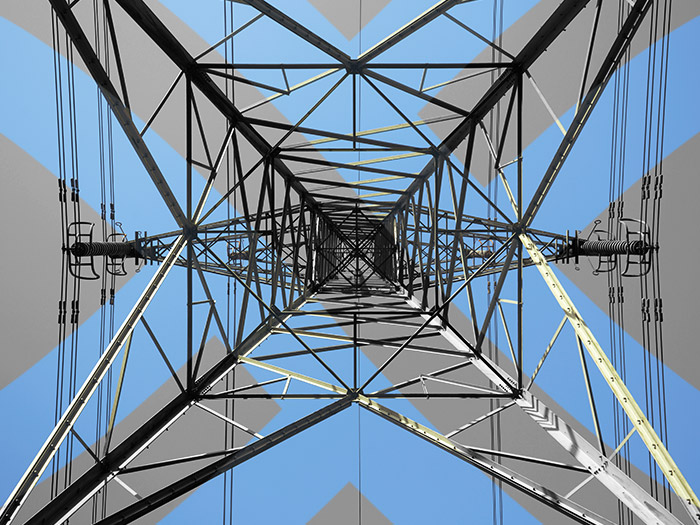
CRU maps National Energy Demand Strategy
Ireland’s Commission for Energy Regulation (CRU) has published the next steps for the development and implementation of the National Energy Demand Strategy.
Published on 25 July, the report notes that Ireland’s energy demand is forecast to grow significantly in the next decade but that Ireland’s electricity system currently has a limited demand flexibility, estimated to be approximately 5% of average daily demand. As such the CRU is focussing on progressing initiatives that can contribute towards demand flexibility in the short term, in addition to defining the longer-term strategic plan.
Demand response can deliver consumer benefits across the “energy trilemma” (cost, security of supply, and sustainability). By shifting demand away from times when renewable generation is low to times when renewable generation is high, less carbon will be emitted, overall costs will be lower and the energy system will be more secure. This is because when renewable output is high, wholesale energy prices tend to be lower, overall carbon emissions lower, and total available generation higher than times when the system is more reliant on fossil-fuel-powered generation.
The strategy sets out three focus areas:
- Smart Services – This will encourage greater flexibility among domestic customers and smaller business customers. Measures under this area include efforts to increase the availability and uptake of time of use (ToU) and dynamic tariffs, and increase uptake of microgeneration. The CRU will develop new licences for aggregation and demand response, and develop a framework for new entities to enter the market and provide flexibility enabling services to customers.
- Demand Flexibility and Response – This will focus on increasing the potential for demand response from users, including Large Energy Users (LEUs) and storage, at times when it is beneficial for the system and for energy users. This can support system capacity, grid stability and reduce costs or carbon emissions for example, by providing efficient market signals and mechanisms.
- New Demand Connections – This will provide a pathway for new LEU connections to the electricity and gas systems which will have a focus on the ability for these customers to provide flexibility on the system while also seeking to support the transition to decarbonisation. This recognises the important role LEUs can play in this regard.
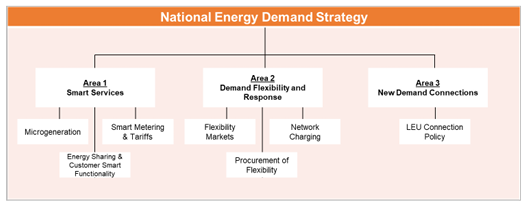
Source: CRU

